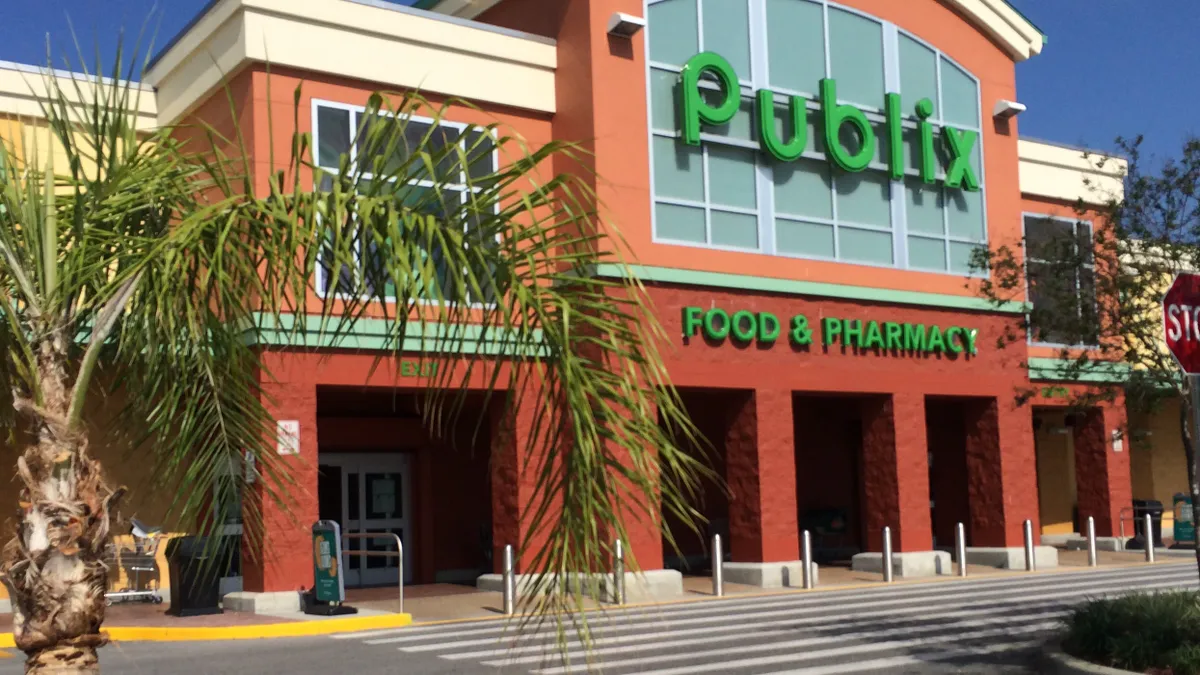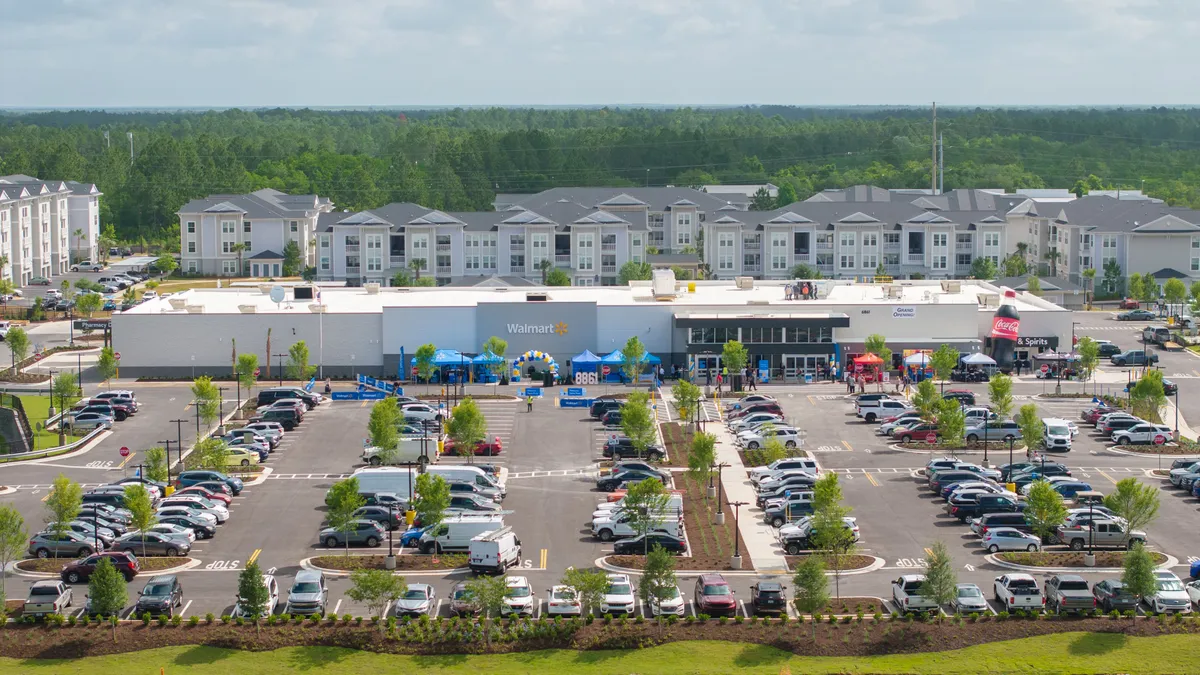Dive Brief:
- Publix Supermarkets has named Erik Katenkamp as its first director of omnichannel and application development, according to the Tampa Bay Business Journal.
- Katenkamp, who was instrumental in forging Publix’s home delivery partnership with Instacart earlier this summer, will focus on integrating the company’s online offerings with its store experience.
- An industrial engineer, Katenkamp began working for Publix in 1995. In 1999, he became the company’s business IT manager, then in 2006 became director of business application delivery. In 2013, he became Publix’s vice president of information systems – application development.
Dive Insight:
Publix’s partnership with Instacart was much-needed though late to the game for an industry pioneer in online grocery shopping. Now, with its e-commerce footprint firmly established, the Florida-based grocer is accelerating its omnichannel development as competitors up their game.
In Florida, Walmart recently took market share away from Publix in the state’s central region— a shift that grocery analyst David Livington, in an interview with Food Dive, attributed to Walmart’s fast-expanding click-and-collect program. That effort, which the retailer plans to implement in all 4,600 stores, is just one of many e-commerce avenues it’s pursuing right now. In addition, Kroger, which operates in many of the east coast markets where Publix is expanding, is growing and promoting its ClickList store pickup service.
And then there is Amazon. The web giant's $13.7 billion acquisition of Whole Foods could disrupt online grocery shopping in numerous ways. The natural and organic chain has many stores in the same markets as Publix, and with Amazon at the helm the company, it could become a tough competitor in home delivery and store pickup.
A big part of Publix’s success to date is its store experience, which includes world-class service as well as smart merchandising and high-quality products. It isn’t the cheapest retailer in the markets where it operates, but it offers value beyond price alone and also projects a positive cost image through buy-one-get-one promotions, coupon matching and other deals.
The company’s focus on tying its store experience in with its online shopping efforts should capitalize on this strength. It also acknowledges a key insight: That despite the fast growth of grocery e-commerce, most shoppers still prefer to visit stores. Increasingly, consumers are complementing their store visits with online orders, meaning supermarkets that have omnichannel capabilities like offline/online list builders, digital coupons and mobile loyalty programs stand to benefit.
This will be an uphill battle for Publix. Despite its loyal following and growing demand for online grocery shopping, home delivery remains notoriously inefficient and difficult to translate into profit. Publix will have to work hard to promote the service as well as its store tie-ins. Best case scenario, the company retains its customers who want an online shopping option, and also brings in some new business as well.










